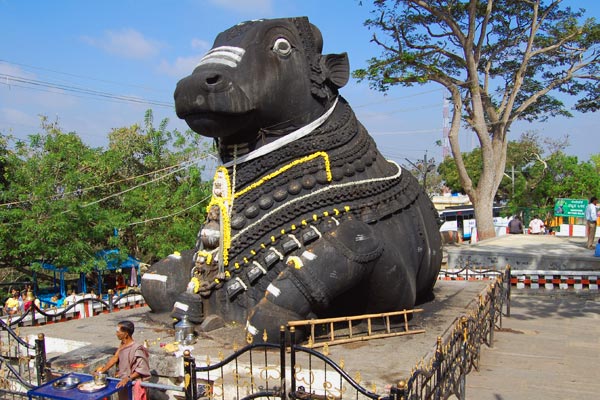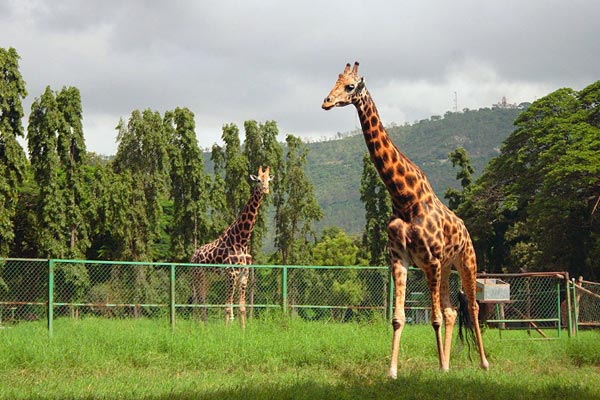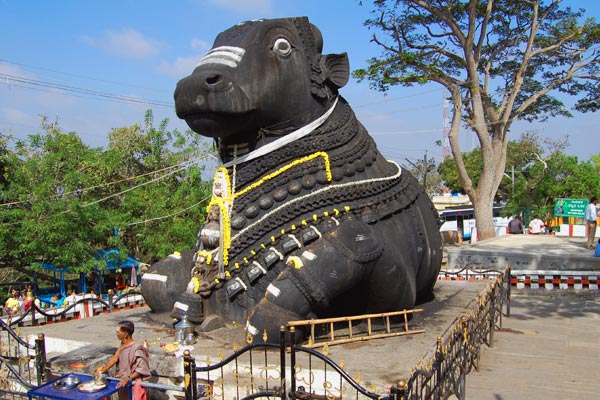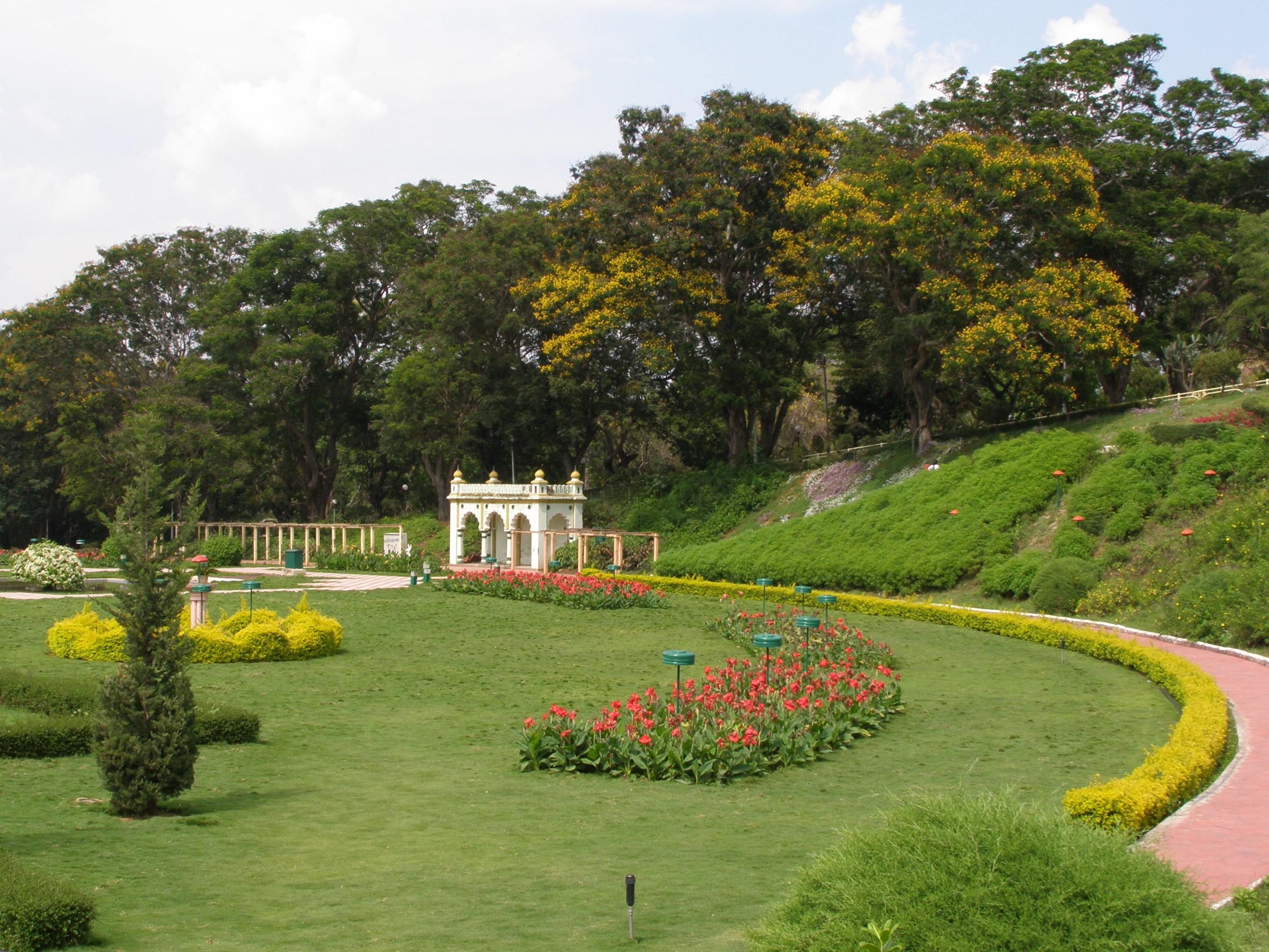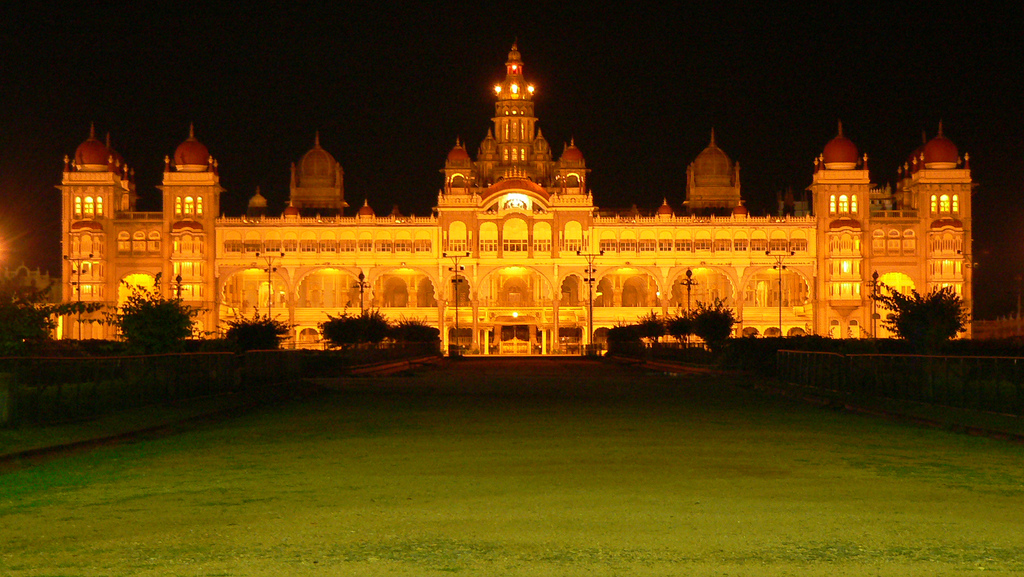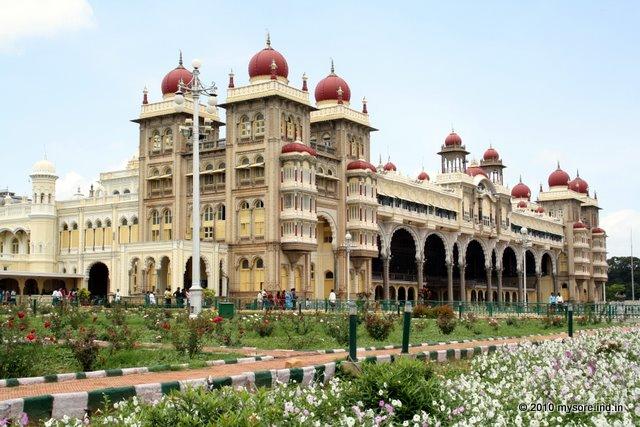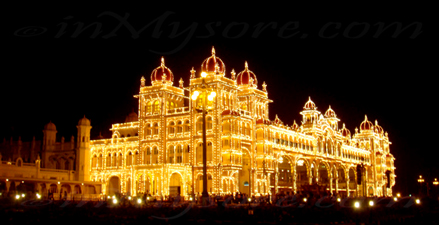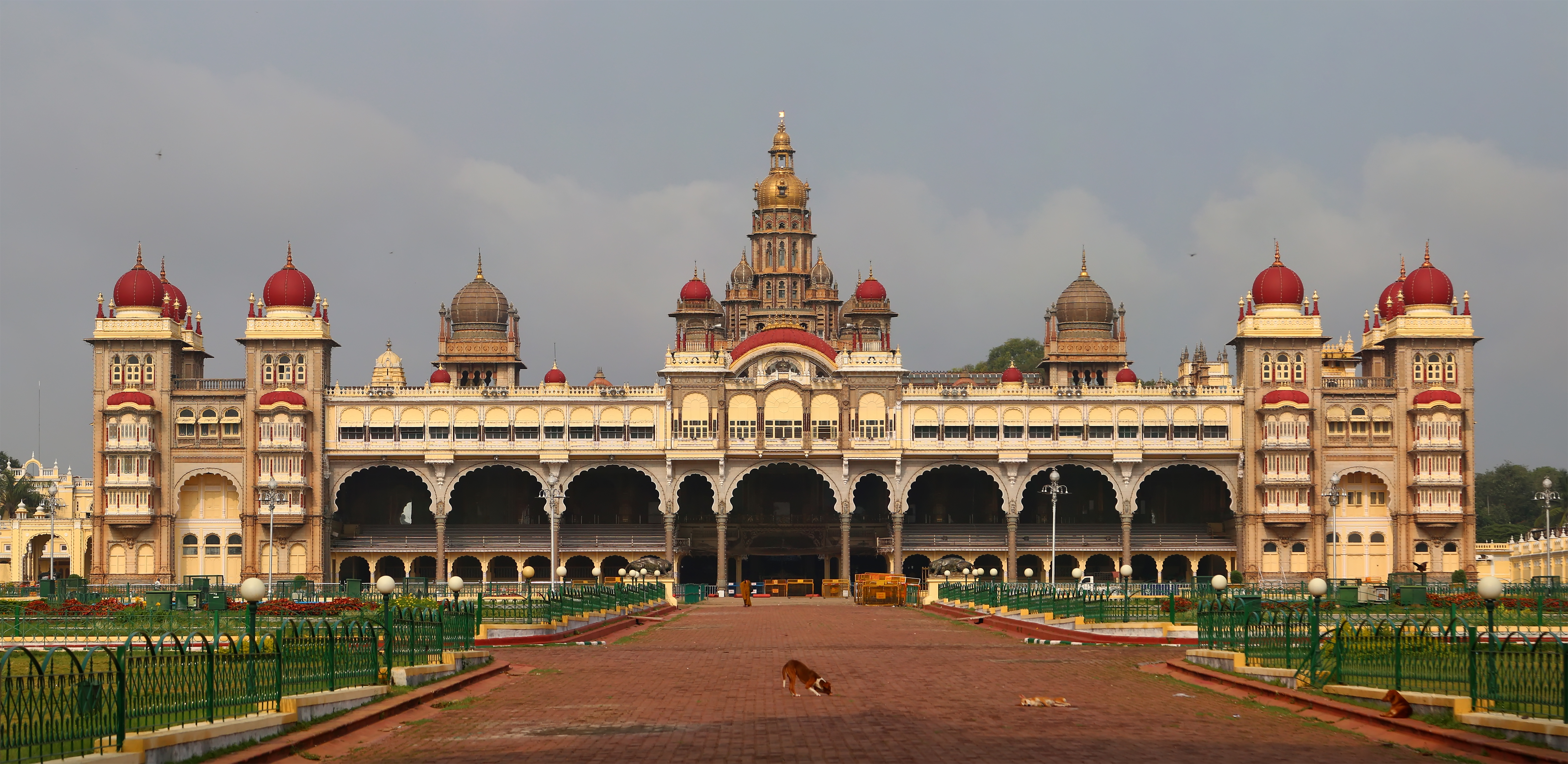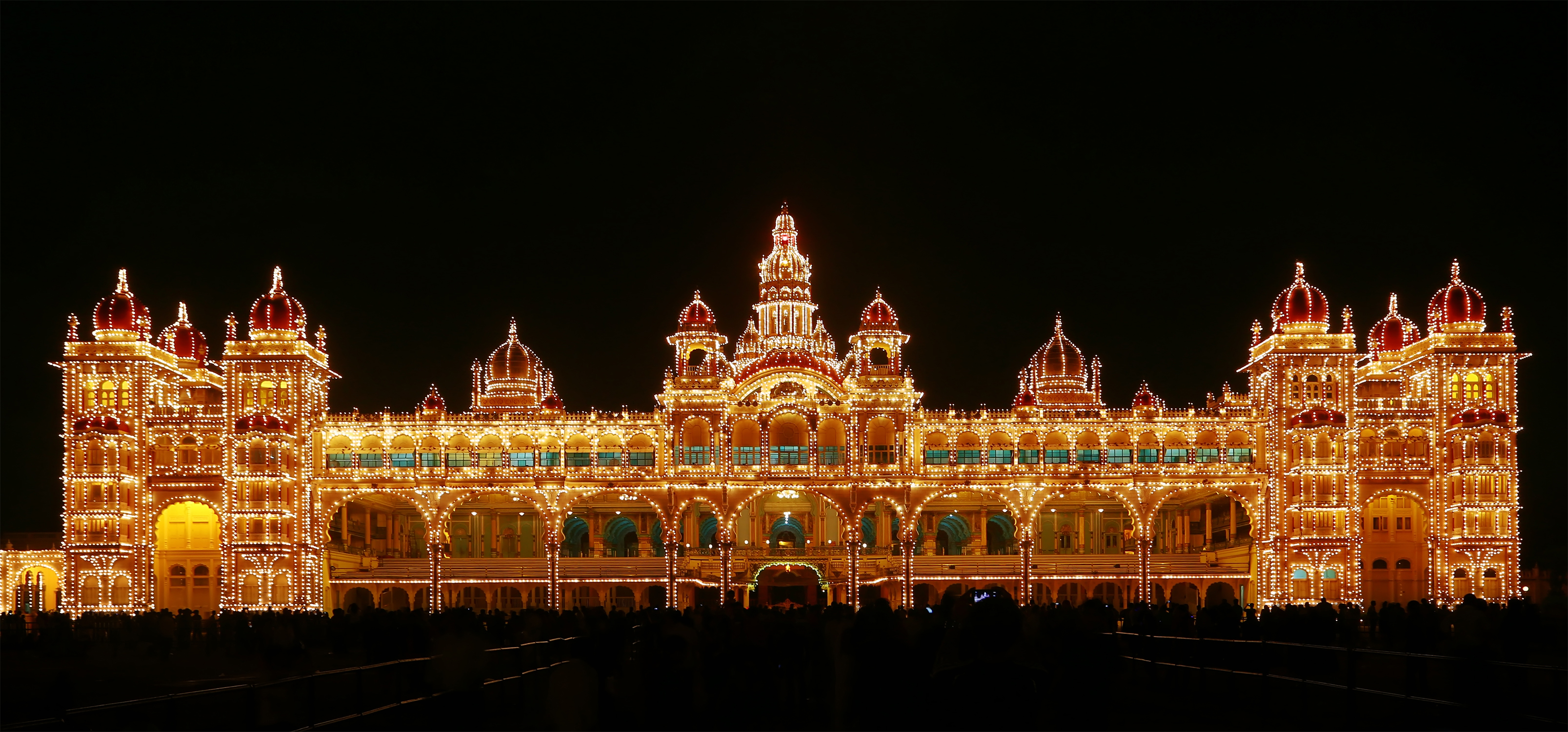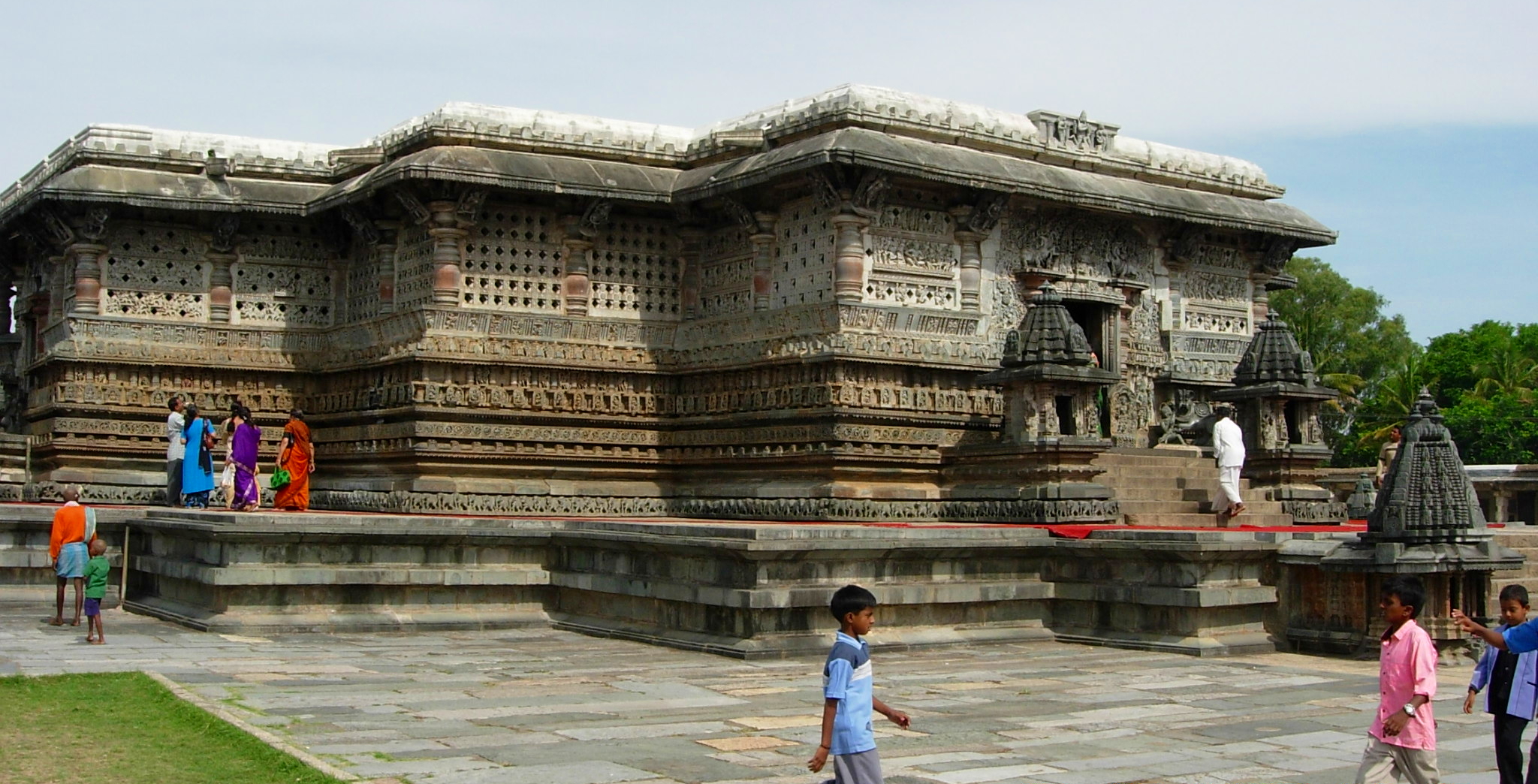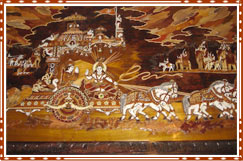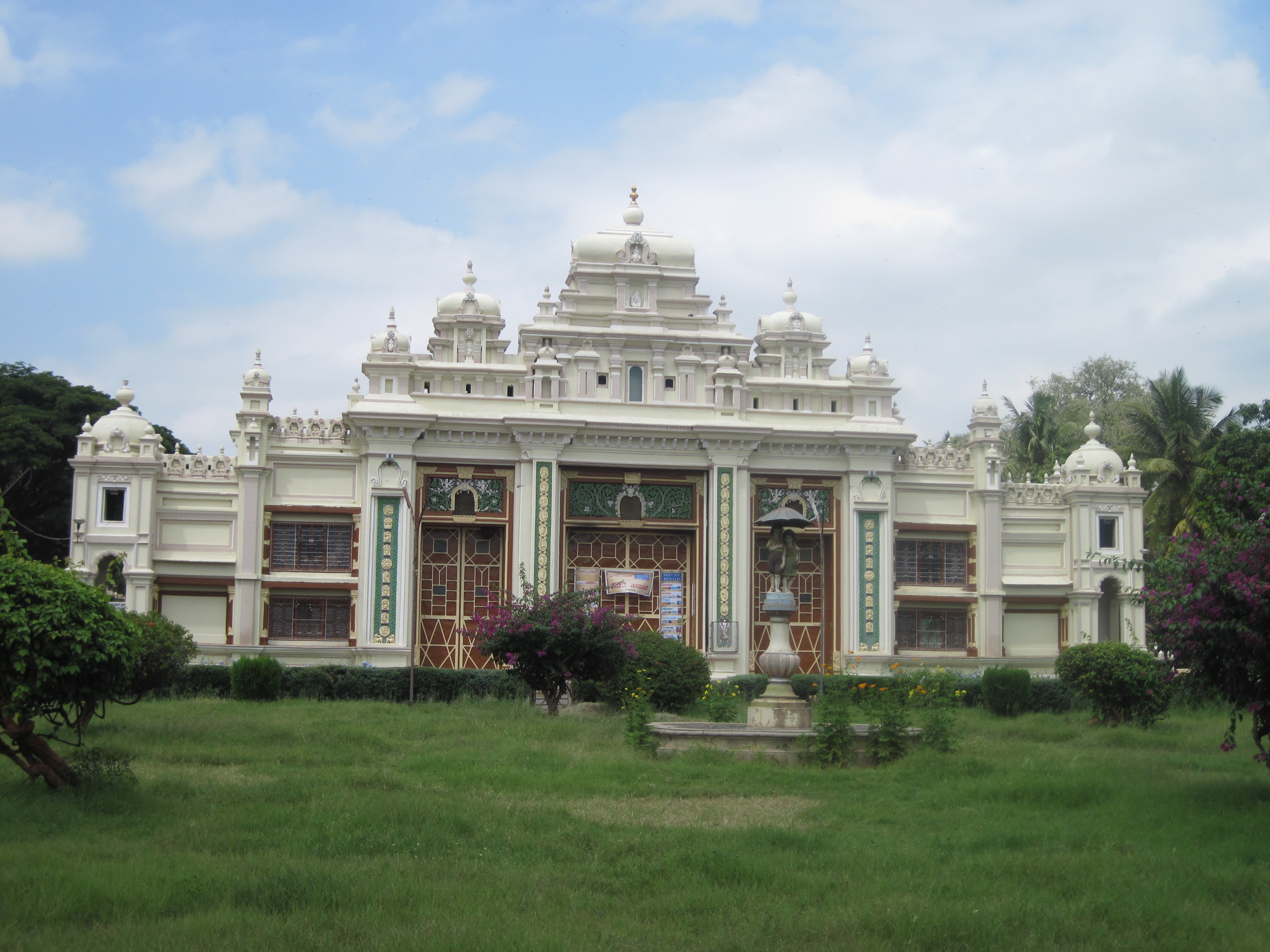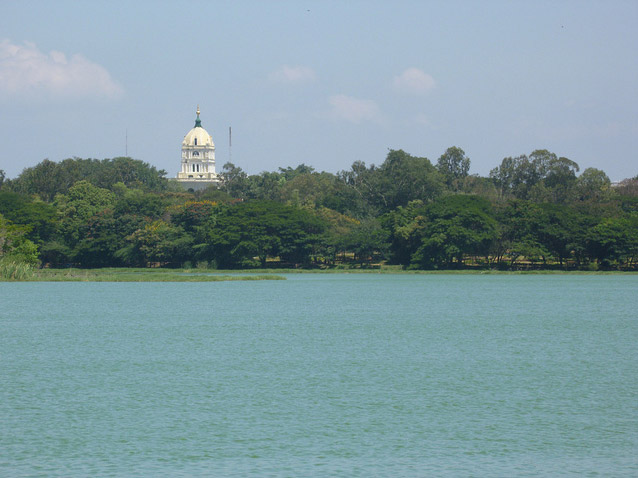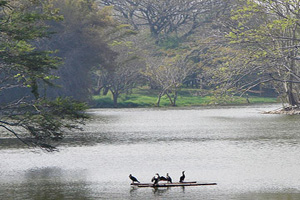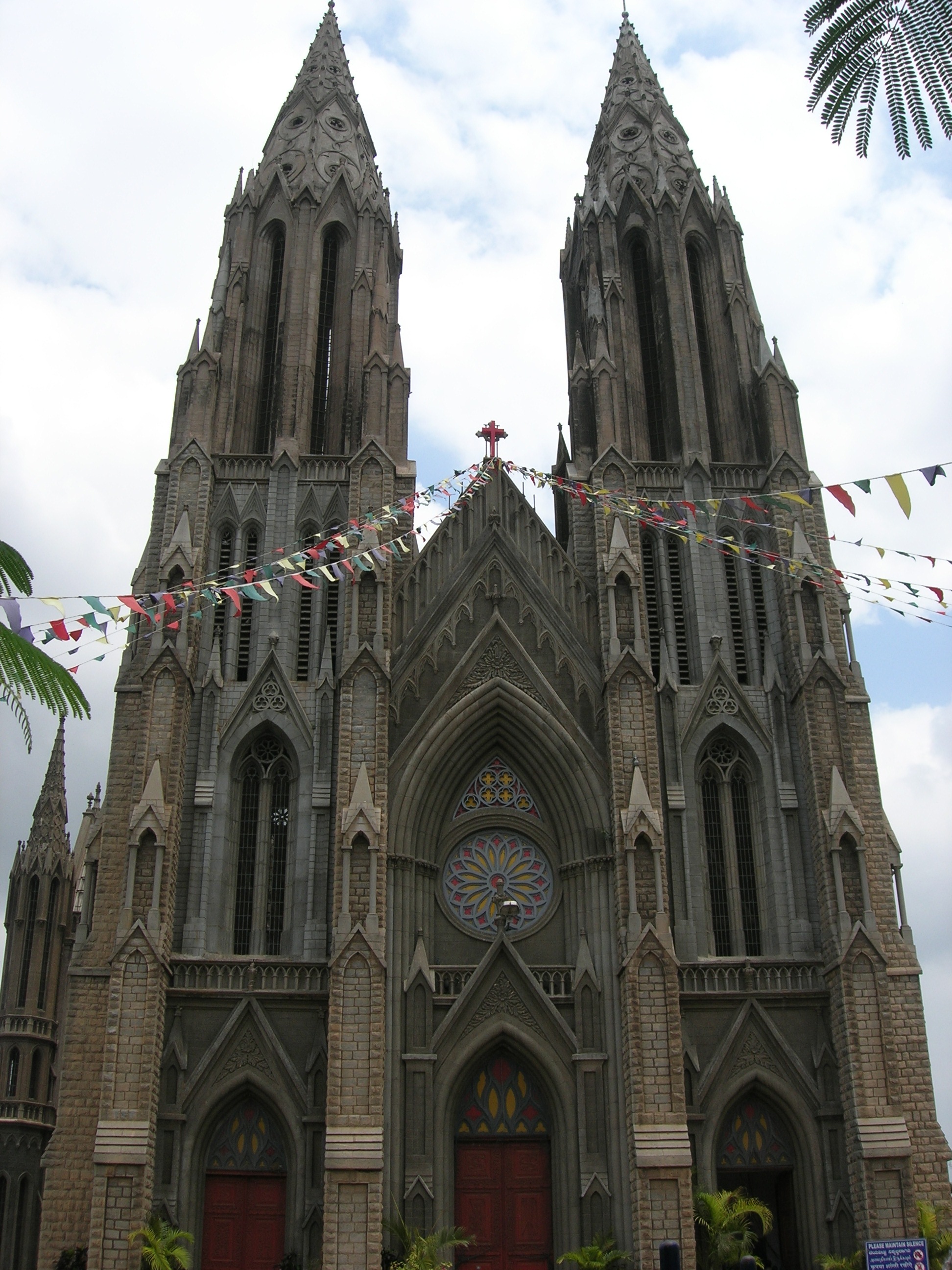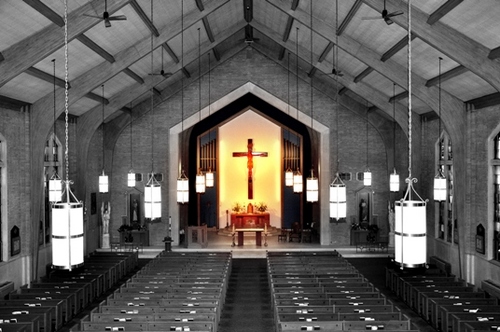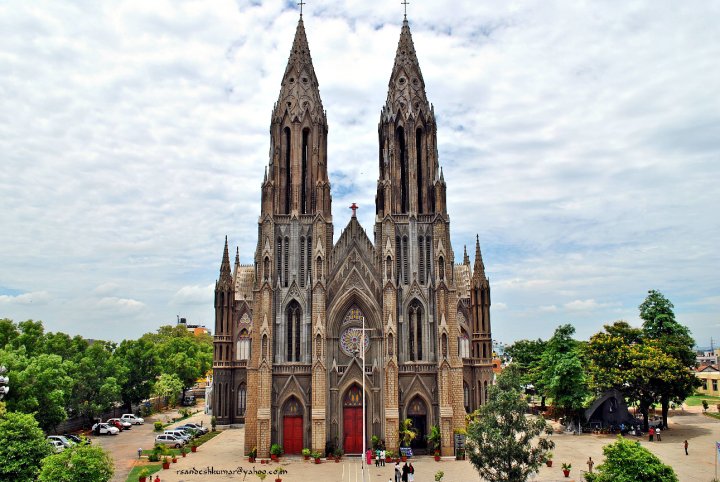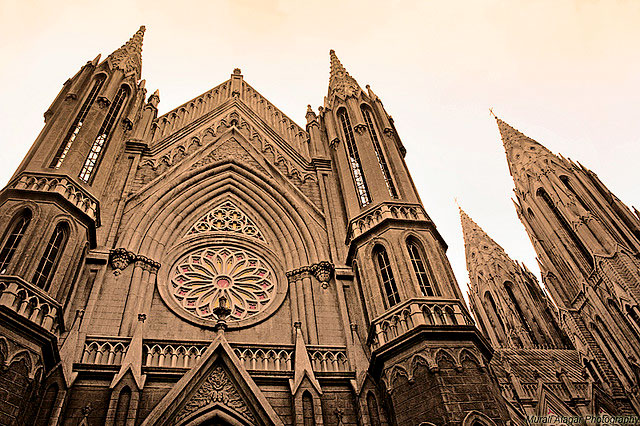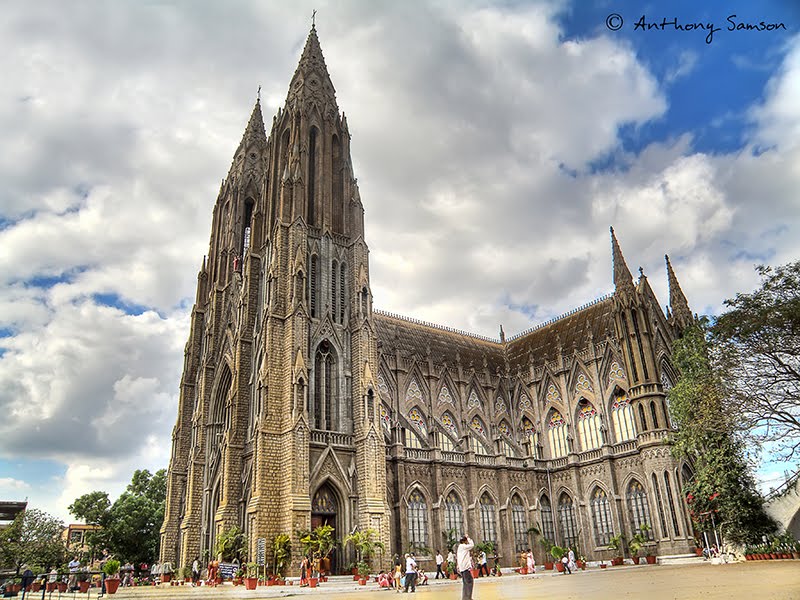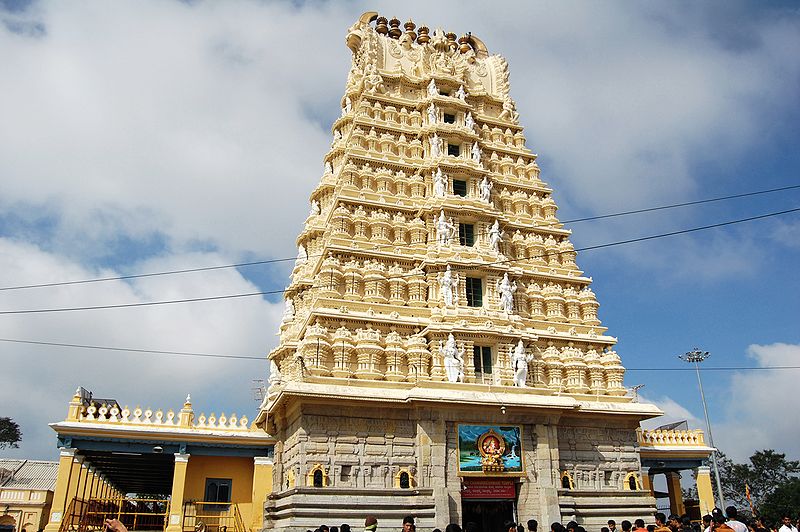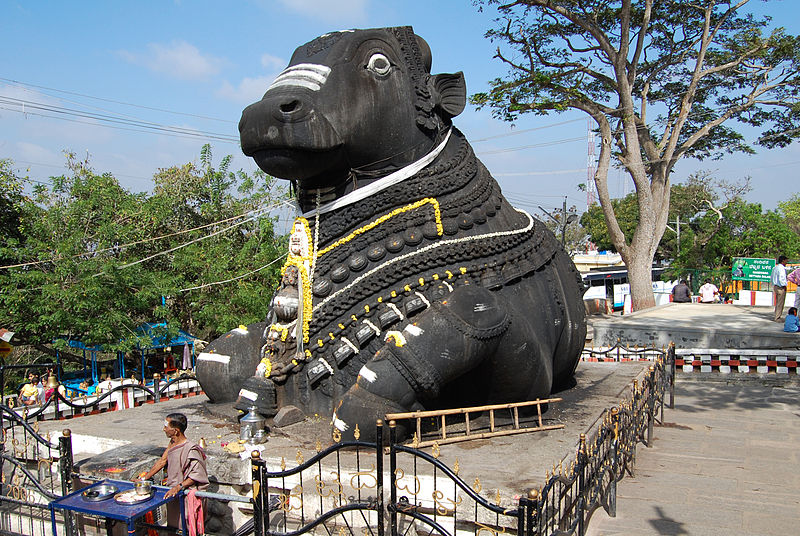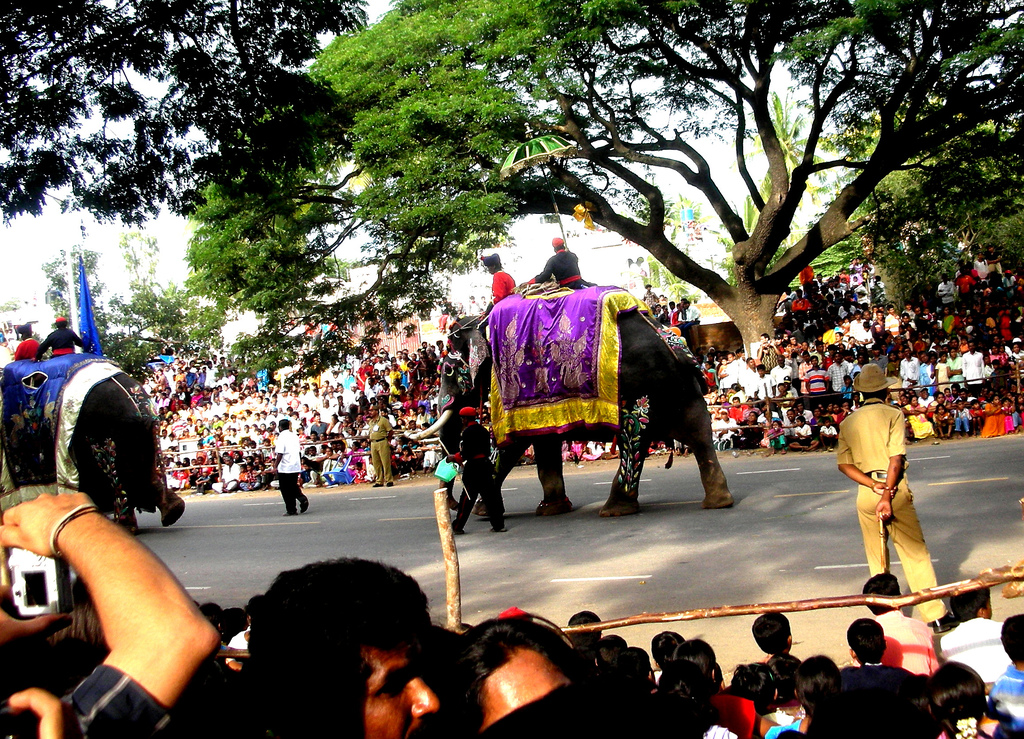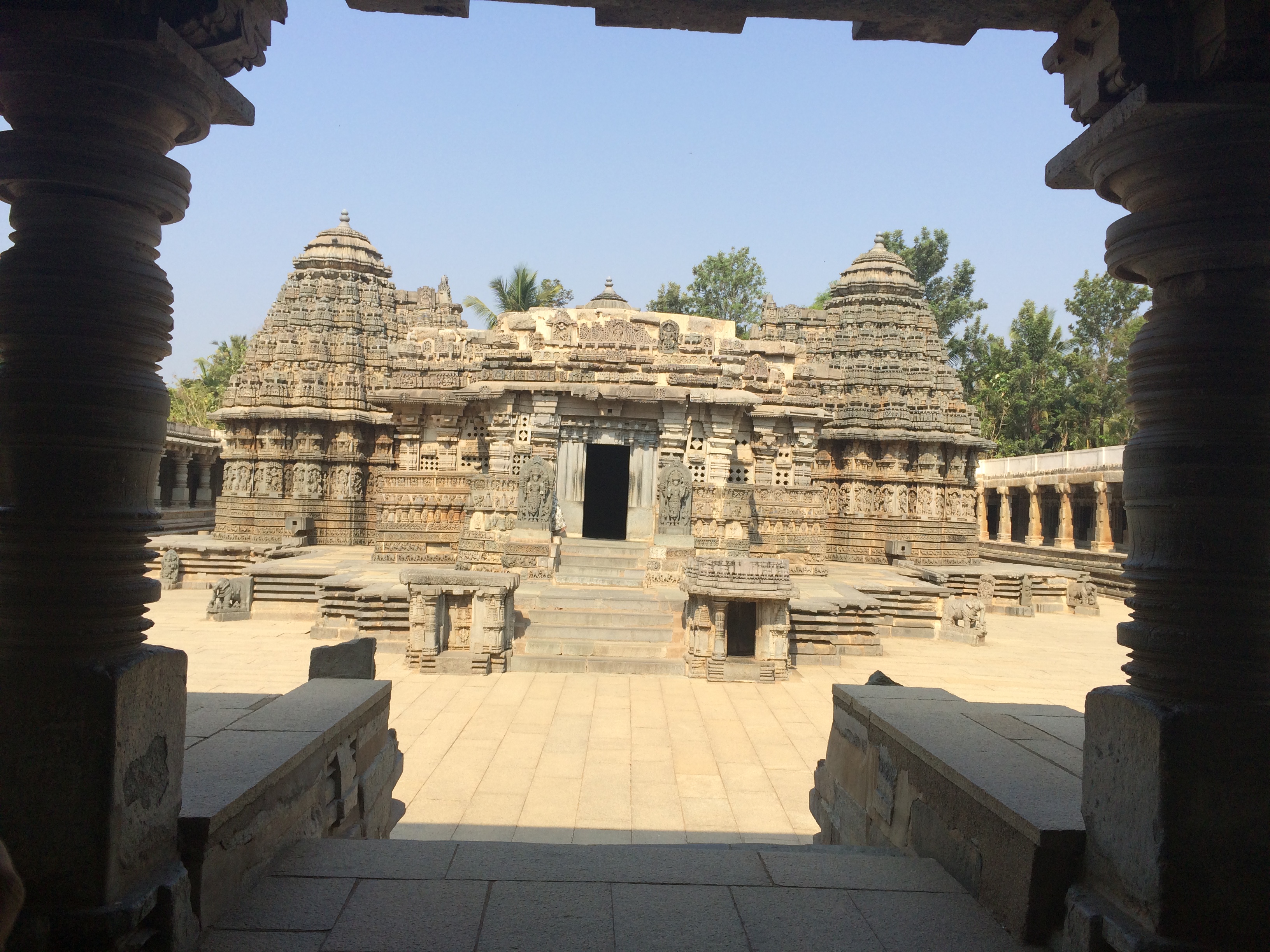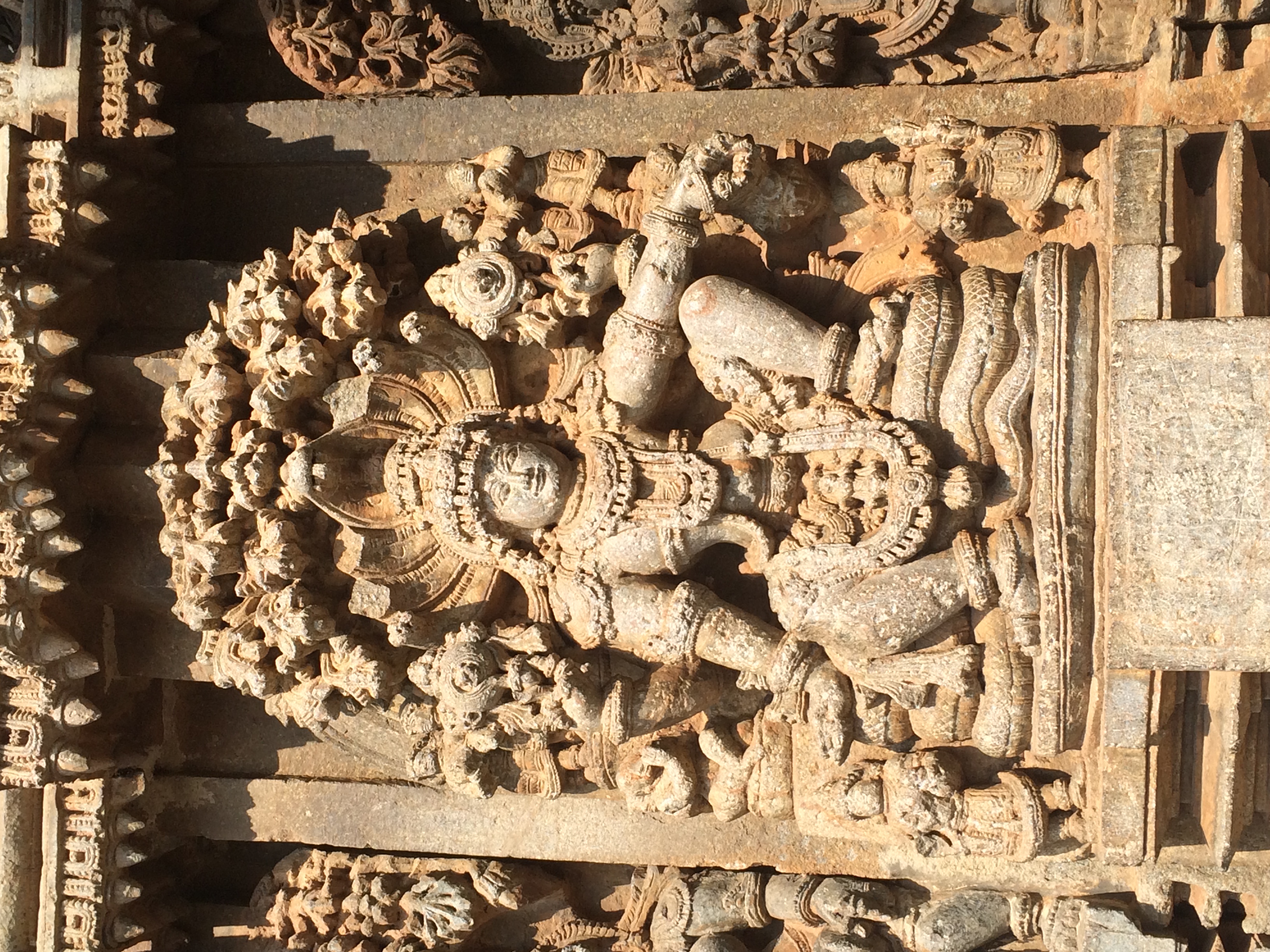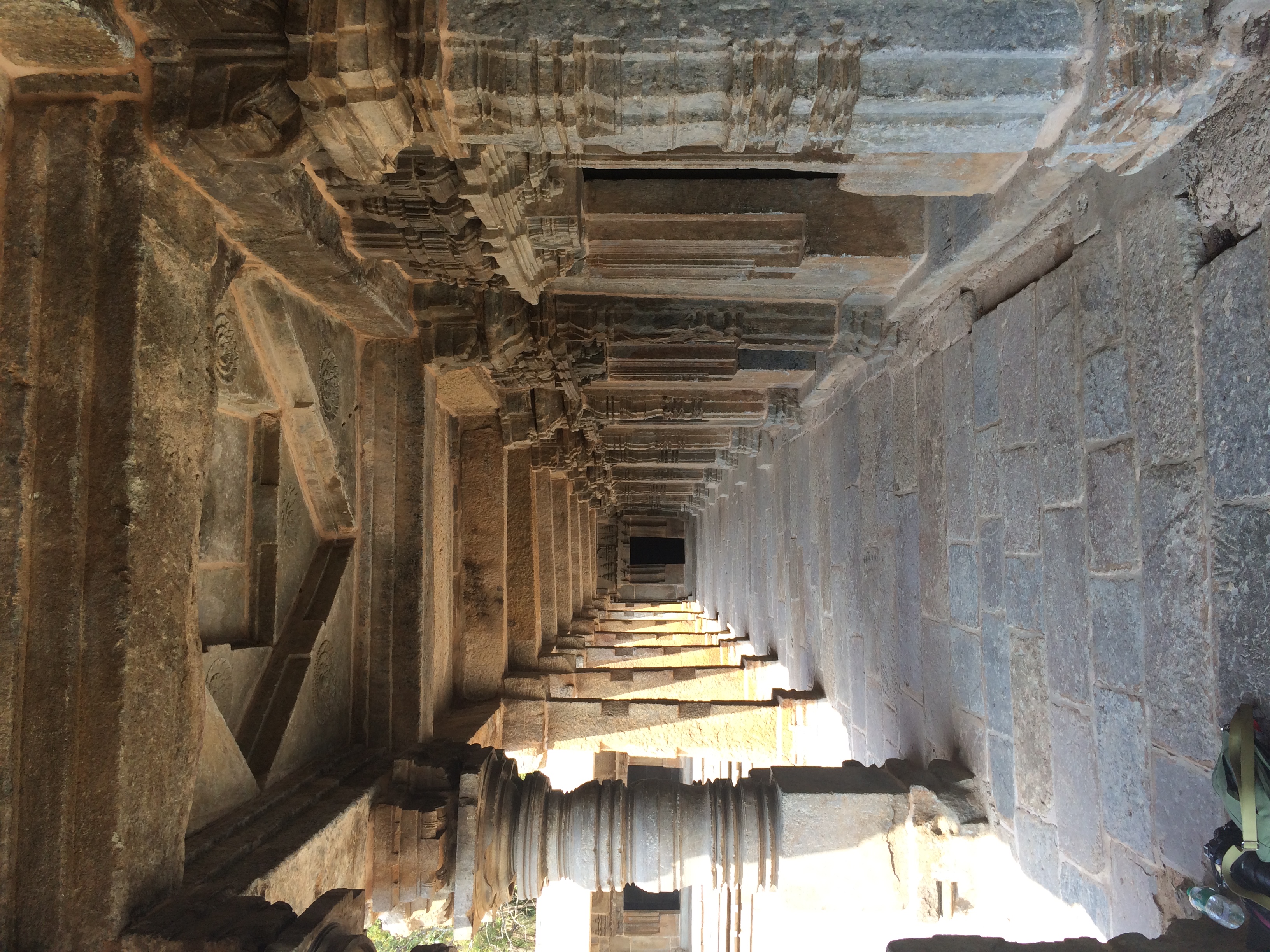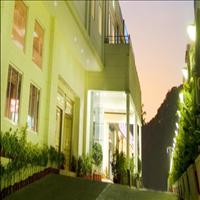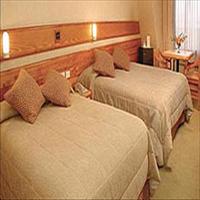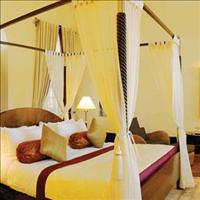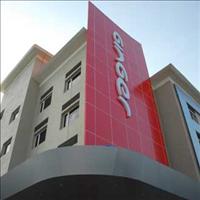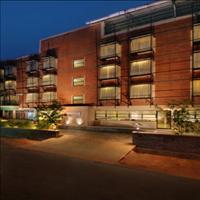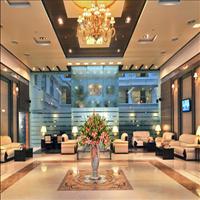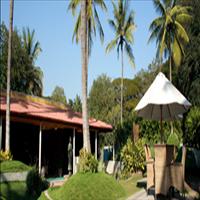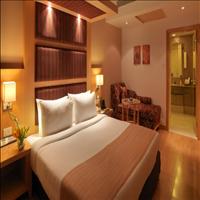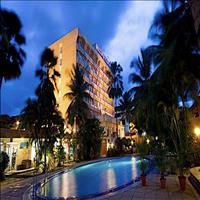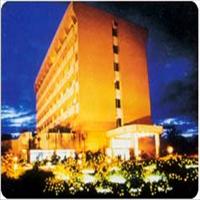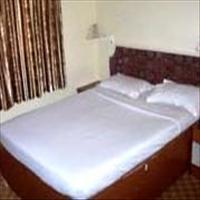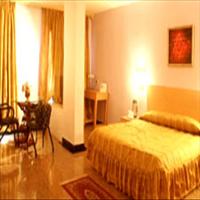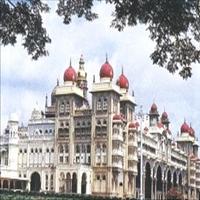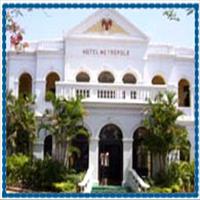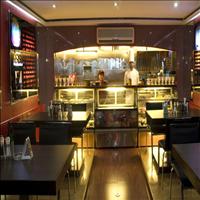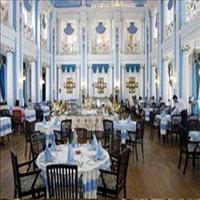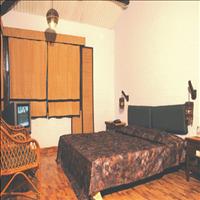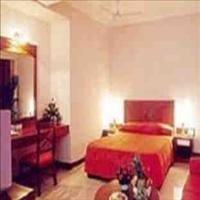Mysore
The perfumed Sandalwood City. The city of palaces.
General Information
Other Name: -, District: Mysore, State: Karnataka, India
Area: 6269 Sq. Km.
Languages Spoken: Kannada, Tulu, Hindi and English
Long Distance Code: +91-821
Importance: Famous for its Vrindavan gardens and the Dushhera celebrations.
Best Time to Visit: October to March and -
International Access: -
Description
Mysore city was the capital of the old royal Mysore province. The word Mysore expands to "Mahishasurana Ooru". According to a legend, the demon Mahishasura was killed by goddess Chamundeshwari atop the Chamundi hill near Mysore, which gave the city its name. Ever since, the Mysore royal family has worshipped Chamundeshwari as the palace deity. The Hill dedicated to her stands on the the eastern end of Mysore town today.<br />Mysore is the erstwhile capital of Wodeyars, the rulers of Mysore State. The Wodeyar family ruled Mysore since 14th century except for a short period of 40 years when Hyder Ali and Tipu Sultan were the rulers. Today Mysore is one of the major cities of Karnataka. Mysore has emerged as a thriving market for exotic sandalwood & incense, the Mysore silk sarees and stone-carved sculptures.<br />Location
Located 770m above sea level and 140 Km from Bangalore, Mysore, the imperial city, was the erstwhile capital of the Wodeyars, Also known as the city of Palaces.Climate
Mysore has a semi-arid climate. The main seasons are summer from March to June, the monsoon season from July to November and winter from December to February. The highest temperature recorded in Mysore was 38.5 °C (101 °F) and the lowest was 7.7 °C (46 °F) on 16 January 2012. The city''''''''s average annual rainfall is 804.2 mm (31.7 in).
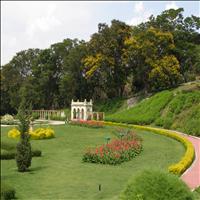 Built in 1924, this is India's first irrigation dam. Sir M. Vishweswariah, the engineer who designed and built this dam, has shown his acumen in converting a dam site into a beautiful garden with colourful fountains and ponds downstream. The dam is named after the then Maharaja of Mysore, Krishna raja Wodeyar, who financed this novel project. KRS represents a marvel of civil engineering achievement in pre-independence India and was among the first in the world to use automatic sluice gates. Locally available surkhi was used instead of importing cement from England.\r\nBrindavan gardens is located 12 Km northwest of Mysore city and has rows-of colourful fountains. There is a boating pond to cross the dam from the south bank to the north bank and at the northern edge are the dancing fountains. Using advanced lighting techniques, the fountains are made to jump and dance to the tune of music. The dam is over 3 Km long and is constructed at the junction of three rivers - Kaveri, Hemavati and Lakshmanathirtha. This site has been popularised over the years by the large number of Indian/foreign films shot at this location.\r\nTimings: 7.00 P.M. to 7.55 P.M. on weekdays.\r\n7.00 P.M. to 8.55 P.M. on holidays.\r\nDuring winter: 6.30 P.M. to 7.25 P.M. on weekdays.\r\n6.30 P.M. to 8.25 P.M. on holidays.\r\nEntrance fees: Rs.10/- per head.\r\n
Built in 1924, this is India's first irrigation dam. Sir M. Vishweswariah, the engineer who designed and built this dam, has shown his acumen in converting a dam site into a beautiful garden with colourful fountains and ponds downstream. The dam is named after the then Maharaja of Mysore, Krishna raja Wodeyar, who financed this novel project. KRS represents a marvel of civil engineering achievement in pre-independence India and was among the first in the world to use automatic sluice gates. Locally available surkhi was used instead of importing cement from England.\r\nBrindavan gardens is located 12 Km northwest of Mysore city and has rows-of colourful fountains. There is a boating pond to cross the dam from the south bank to the north bank and at the northern edge are the dancing fountains. Using advanced lighting techniques, the fountains are made to jump and dance to the tune of music. The dam is over 3 Km long and is constructed at the junction of three rivers - Kaveri, Hemavati and Lakshmanathirtha. This site has been popularised over the years by the large number of Indian/foreign films shot at this location.\r\nTimings: 7.00 P.M. to 7.55 P.M. on weekdays.\r\n7.00 P.M. to 8.55 P.M. on holidays.\r\nDuring winter: 6.30 P.M. to 7.25 P.M. on weekdays.\r\n6.30 P.M. to 8.25 P.M. on holidays.\r\nEntrance fees: Rs.10/- per head.\r\n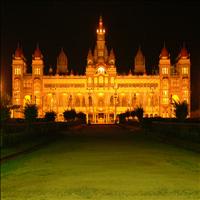 The palace was originally built of wood, which got burnt down in 1897 AD and was rebuilt in 1912 AD. The Mysore Palace, built is Indo-Saracenic style with domes turrets, arches and colonnades; the palace is a treasure house of exquisite carvings and works of art from all over the world. The tastefully decorated and intricately carved doors open into luxuriously decorated rooms.\r\nThe walls of the palace are painted with pictures of the Dassera processions and these paintings are painted in such a manner that from any angle you can see the procession coming towards you. The royal throne of the Wodeyars is displayed during the Dassera festival.\r\n
The palace was originally built of wood, which got burnt down in 1897 AD and was rebuilt in 1912 AD. The Mysore Palace, built is Indo-Saracenic style with domes turrets, arches and colonnades; the palace is a treasure house of exquisite carvings and works of art from all over the world. The tastefully decorated and intricately carved doors open into luxuriously decorated rooms.\r\nThe walls of the palace are painted with pictures of the Dassera processions and these paintings are painted in such a manner that from any angle you can see the procession coming towards you. The royal throne of the Wodeyars is displayed during the Dassera festival.\r\n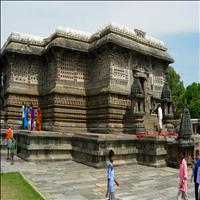 One of the three major Hoysala temples still in daily use today is the Channekeshava Temple of Belur. The construction of the temple, which took almost a century, was started in 1116 to commemorate the Hoysalas' victory over the Cholas. Enclosed in a paved compound, the temple complex includes a well and a bathing tank. It is believed that every major deity of the Hindu pantheon is represented in the temple.
One of the three major Hoysala temples still in daily use today is the Channekeshava Temple of Belur. The construction of the temple, which took almost a century, was started in 1116 to commemorate the Hoysalas' victory over the Cholas. Enclosed in a paved compound, the temple complex includes a well and a bathing tank. It is believed that every major deity of the Hindu pantheon is represented in the temple.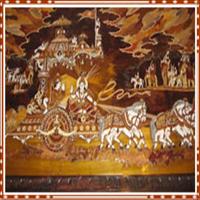 It is popularly known as Jaganmohan Palace. The Jaganmohan Palace was converted into an art gallery in the year 1875. It exhibits paintings, which date back to that period. The artists of that time used natural vegetable and mineral dyes. The famous traditional Mysore "Gold leaf" paintings are also exhibited in the gallery, as are oil paintings of contemporary artists like Raja Ravi Varma and Svetoslav Roerich.\r\nIt is just opposite to the City Bus-Stand and walk able distance from the KSRTS Bus-Stand or the Main Bus-Stand.\r\nApart from these, regular cultural programs are also arranged there.\r\nTimings: 8.30 A.M. to 6.00 P.M.\r\nEntrance Fee: Adults Rs.10/- and Children Rs.5/-\r\n
It is popularly known as Jaganmohan Palace. The Jaganmohan Palace was converted into an art gallery in the year 1875. It exhibits paintings, which date back to that period. The artists of that time used natural vegetable and mineral dyes. The famous traditional Mysore "Gold leaf" paintings are also exhibited in the gallery, as are oil paintings of contemporary artists like Raja Ravi Varma and Svetoslav Roerich.\r\nIt is just opposite to the City Bus-Stand and walk able distance from the KSRTS Bus-Stand or the Main Bus-Stand.\r\nApart from these, regular cultural programs are also arranged there.\r\nTimings: 8.30 A.M. to 6.00 P.M.\r\nEntrance Fee: Adults Rs.10/- and Children Rs.5/-\r\n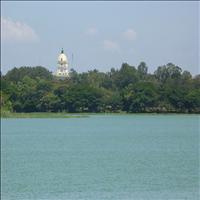 In the heart of Manasa Gangothri campus, situated a beautiful lake, which is frequently visited by bird watchers, water sport lovers and nature lovers. Varieties of migratory birds visit the lake during winter and to watch those birds is feast to the eyes. The lake is very near to the railway station and bus stand. Boating facilities are available on nominal rates.
In the heart of Manasa Gangothri campus, situated a beautiful lake, which is frequently visited by bird watchers, water sport lovers and nature lovers. Varieties of migratory birds visit the lake during winter and to watch those birds is feast to the eyes. The lake is very near to the railway station and bus stand. Boating facilities are available on nominal rates.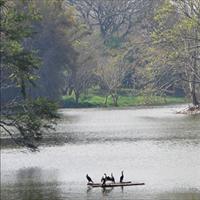 Lingabudi Lake, which is situated in Sriramapura, also accommodates varieties of migratory birds. There is also a beautiful park by the side of the lake. The whole place is full of green and it is another favorite place of nature lovers.\r\nIt is about 8 Km from the city. Frequent buses are available from city bus stand.\r\n
Lingabudi Lake, which is situated in Sriramapura, also accommodates varieties of migratory birds. There is also a beautiful park by the side of the lake. The whole place is full of green and it is another favorite place of nature lovers.\r\nIt is about 8 Km from the city. Frequent buses are available from city bus stand.\r\n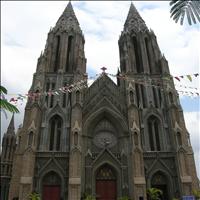 This beautiful Cathedral was built in 1956 and is one of the largest churches in the country. It has been built in the Gothic style with beautiful stain glass windows and lofty towers. The illuminated church in the evening is a wonderful site not to be missed.
This beautiful Cathedral was built in 1956 and is one of the largest churches in the country. It has been built in the Gothic style with beautiful stain glass windows and lofty towers. The illuminated church in the evening is a wonderful site not to be missed.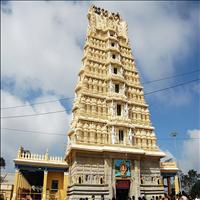 Forming the backdrop of the city is the 1,100-feet-high Chamundi Hill. On the top of the hill stands the temple dedicated to the Goddess Chamundeshwari, the royal family's patron deity. To reach the temple one can either drive through the 13-km stretch up to the summit or climb the 1,000 stone steps. Nearby the temple stands the huge statue of Mahishasura, the demon slain by the Goddess. Halfway up along the stone steps stands the majestic 4.8-metre monolith of Nandi the Bull, Lord Shiva's chosen mount. The statue is believed to be 300 years old and its chief attraction, apart from its size, is the meticulous craftsmanship of its ornaments-from its delicate anklets to the magnificent pendant bell around its neck.
Forming the backdrop of the city is the 1,100-feet-high Chamundi Hill. On the top of the hill stands the temple dedicated to the Goddess Chamundeshwari, the royal family's patron deity. To reach the temple one can either drive through the 13-km stretch up to the summit or climb the 1,000 stone steps. Nearby the temple stands the huge statue of Mahishasura, the demon slain by the Goddess. Halfway up along the stone steps stands the majestic 4.8-metre monolith of Nandi the Bull, Lord Shiva's chosen mount. The statue is believed to be 300 years old and its chief attraction, apart from its size, is the meticulous craftsmanship of its ornaments-from its delicate anklets to the magnificent pendant bell around its neck.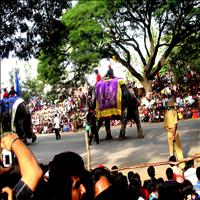 Mysore Dasara is the celebration of this victory of good over evil. Mysore also has associations with the Mahabharata and King Ashoka of the 3rd century B.C. during the Wodeyar rule Mysore reached the zenith of its glory as a fabled centre of oriental splendour. \r\nPomp and Pageantry Relived Come to Mysore in October when the tranquil city awakens to ten days of Dasara festivities. Brilliantly lit up Palaces, decorated arches, festooned streets, colourful costumes and cultural shows…classical music, folk dances, Bharata Natyam, Yakshagana, Huthari, Torch Light Parade, Theppotsava… The culmination is the legendary Mysore Dasara Procession with caparisoned elephants, the golden howdah, decorated horses, stately coaches, troops in ceremonial uniforms, folk dancers and colourful floats.\r\n
Mysore Dasara is the celebration of this victory of good over evil. Mysore also has associations with the Mahabharata and King Ashoka of the 3rd century B.C. during the Wodeyar rule Mysore reached the zenith of its glory as a fabled centre of oriental splendour. \r\nPomp and Pageantry Relived Come to Mysore in October when the tranquil city awakens to ten days of Dasara festivities. Brilliantly lit up Palaces, decorated arches, festooned streets, colourful costumes and cultural shows…classical music, folk dances, Bharata Natyam, Yakshagana, Huthari, Torch Light Parade, Theppotsava… The culmination is the legendary Mysore Dasara Procession with caparisoned elephants, the golden howdah, decorated horses, stately coaches, troops in ceremonial uniforms, folk dancers and colourful floats.\r\n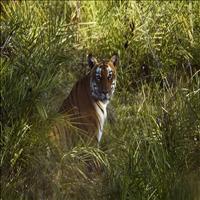 Bandipura is 80 Km southwest of Mysore, directly on the Mysore-Ooty road. It is a forest reserve created to protect the Royal Indian Tiger and has been one of the success stories for "Project Tiger." A forest lodge located at the heart of Bandipura on the Mysore-Ooty road, provides an excellent and quiet location for exploring this wonderful nature paradise.\r\nEarly morning, jeeps go out into the forest-taking tourists who want to catch a glimpse of the tiger. With luck, most of them will be able to see the Tiger, Elephant and other wild animals in their natural habitat. For late risers, there is an elephant ride through the forest, which is a pleasant experience. Deers, Langur monkeys, Peacocks; Wild dogs are often encountered on these adventure trips on the elephant's back.\r\nThe best seasons to visit Bandipura are the spring, post-monsoon, and autumn. During the summer months the forests dry up and water holes are scarce.\r\n
Bandipura is 80 Km southwest of Mysore, directly on the Mysore-Ooty road. It is a forest reserve created to protect the Royal Indian Tiger and has been one of the success stories for "Project Tiger." A forest lodge located at the heart of Bandipura on the Mysore-Ooty road, provides an excellent and quiet location for exploring this wonderful nature paradise.\r\nEarly morning, jeeps go out into the forest-taking tourists who want to catch a glimpse of the tiger. With luck, most of them will be able to see the Tiger, Elephant and other wild animals in their natural habitat. For late risers, there is an elephant ride through the forest, which is a pleasant experience. Deers, Langur monkeys, Peacocks; Wild dogs are often encountered on these adventure trips on the elephant's back.\r\nThe best seasons to visit Bandipura are the spring, post-monsoon, and autumn. During the summer months the forests dry up and water holes are scarce.\r\n The Somnathpur Temple, also referred to as Chennakeshava Temple, Keshava Temple is a Vaishnava Hindu temple on the banks of River Kaveri at Somanathapur, Karnataka. The temple was consecrated in 1258 CE by Somanatha Dandanayaka, a general of the Hoysala King Narasimha III. It is located 38 kilometres east of Mysuru city.
The Somnathpur Temple, also referred to as Chennakeshava Temple, Keshava Temple is a Vaishnava Hindu temple on the banks of River Kaveri at Somanathapur, Karnataka. The temple was consecrated in 1258 CE by Somanatha Dandanayaka, a general of the Hoysala King Narasimha III. It is located 38 kilometres east of Mysuru city.
Somnathpur is a small village on the banks of the river Cauvery that was founded by the commander of the Hoyasala army, Somnath. The village is famous for its splendid and grand Keshava temple that has been built in the Hoyasala style. The temple is famous for its elaborate and intricate sculpturing. The temple is enclosed in a walled courtyard that has a gate and a porch. The temple is built on an elevated star shaped platform. The sides of the raised platform are decorated with richly carved friezes, portraying rows of cavalry, elephants and scenes from the epics. The rows above have sculptures of Gods mainly Vishnu in various forms. The shrine has three shrines and three sanctums. The temple has three intricately carved pinnacles and a common Navranga. The northern sanctum has the idol of Lord Janardhana and the southern sanctum has the idol of Lord Venugopala. The main hall has exquisitely turned pillars and ceiling panels. The image of Lord Keshava that once adorned the main hall is missing today.The temple is an example of the grand and glorious temples built by the Hoysala rulers. The names of the sculptors are inscribed on their works, which was a common practice during the reign of the Hoysalas. This temple is as beautiful as the world-renowned Belur and Halebid temples and is worth visiting while is Mysore.
The ornate temple is a model illustration of the Hoysala architecture. The temple is enclosed in a courtyard with a pillared corridor of small shrines (damaged). The main temple in the center is on a high star-shaped platform with three symmetrical sanctums.
The Kesava temple too was badly damaged, according to 15th-century inscriptions. It was repaired in the 16th century with financial support and grants by the emperors of the Vijayanagara Empire. The repairs are evidenced by the different color of stones and quality of work in the veranda and parts of the northern tower and platform of the main temple. The repaired temple was damaged in the 19th century, then repaired again in the early 20th century by the colonial era Mysore government.
The Kesava temple is one of some 1,500 Hindu and Jain temples built by the Hoysala Empire kings in different parts of their kingdom. The other well studied Hoysala temples include those at Belur and Halebidu.
Timings: Sun rise to Sun set
Remarks: No photography allowed inside the temple
GUJARAT & KARNATKA / PC-590 (17 Days / 16 Nights)
Mumbai-Ahmedabad-Khumbariya-Ambaji-Palanpur-Patan-Modhera-Ahmedabad-Lothal-Bhavnagar-Palitana-Bhavnagar-Mumbai-Hyderabad-Bengaluru-Chikmaglur-Mysore-Nagarhole-Bengaluru
Here in Gujarat you will discover centuries of history as spanning the geological core of the earth onto a fascinatingly vibrant future. Gujarat is unique in its geological and topographical landscape. From volcanic outpourings through bedrock to fossil fields of indigenous dinosaurs; from the art of the Neolithic cave painter to the stone masterpieces of a series of civilized architecture. Gujarat has it all. Ancient cave paintings to historic murals, natural and man made caves. Art, history, music, culture, all dovetail within each other to form a wondrous matrix that is the cultural exuberance of the people of the state. Karnataka situated on the southeast coast, mirroring the west, also rests snugly beneath a mountain range---the Eastern Ghats, sloping down to the Indian Ocean. Karnataka is a tapestry of colours, cultures, flavours, landscapes, timelessness and heart stopping beauty. A place where vibrant worlds seamlessly meld into one another every few hundred kilometers. Sedate plains suddenly rise to dizzying mist covered hilly heights, and then plunge with careless abandon in a white watered free fall to become languid rivers that flow past cities where time has stopped altogether, and cities where time rushes a relentless rush to keep up with the world; cities that sometimes escape into the deep quiet of thick forests and sometimes, stretches their arms wide open to embrace the sea.
Detailed Itinerary
Day 1 : Mumbai
Day 2 : Mumbai-Ahmedabad
Day 3 : Ahmedabad-Khumbariya-Ambaji-Palanpur
Day 4 : Palanpur-Patan-Modhera-Ahmedabad
Day 5 : Ahmedabad-Lothal-Bhavnagar
Day 6 : Bhavnagar-Palitana-Bhavnagar
Day 7 : Bhavnagar-Mumbai-Hyderabad
Day 8 : Hyderabad
Day 9 : Hyderabad-Bengaluru
Day 10 : Bengaluru-Chikmaglur
Day 11 : Chikmaglur
Day 12 : Chikmaglur-Mysore
Day 13 : Mysore
Day 14 : Mysore-Nagarhole
Day 15 : Nagarhole
Day 16 : Nagarhole
Day 17 : Nagarhole-Bengaluru
Mumbai-Ahmedabad-Khumbariya-Ambaji-Palanpur-Patan-Modhera-Ahmedabad-Lothal-Bhavnagar-Palitana-Bhavnagar-Mumbai-Hyderabad-Bengaluru-Chikmaglur-Mysore-Nagarhole-Bengaluru
Here in Gujarat you will discover centuries of history as spanning the geological core of the earth onto a fascinatingly vibrant future. Gujarat is unique in its geological and topographical landscape. From volcanic outpourings through bedrock to fossil fields of indigenous dinosaurs; from the art of the Neolithic cave painter to the stone masterpieces of a series of civilized architecture. Gujarat has it all. Ancient cave paintings to historic murals, natural and man made caves. Art, history, music, culture, all dovetail within each other to form a wondrous matrix that is the cultural exuberance of the people of the state. Karnataka situated on the southeast coast, mirroring the west, also rests snugly beneath a mountain range---the Eastern Ghats, sloping down to the Indian Ocean. Karnataka is a tapestry of colours, cultures, flavours, landscapes, timelessness and heart stopping beauty. A place where vibrant worlds seamlessly meld into one another every few hundred kilometers. Sedate plains suddenly rise to dizzying mist covered hilly heights, and then plunge with careless abandon in a white watered free fall to become languid rivers that flow past cities where time has stopped altogether, and cities where time rushes a relentless rush to keep up with the world; cities that sometimes escape into the deep quiet of thick forests and sometimes, stretches their arms wide open to embrace the sea.
Detailed Itinerary
Day 1 : Mumbai
Day 2 : Mumbai-Ahmedabad
Day 3 : Ahmedabad-Khumbariya-Ambaji-Palanpur
Day 4 : Palanpur-Patan-Modhera-Ahmedabad
Day 5 : Ahmedabad-Lothal-Bhavnagar
Day 6 : Bhavnagar-Palitana-Bhavnagar
Day 7 : Bhavnagar-Mumbai-Hyderabad
Day 8 : Hyderabad
Day 9 : Hyderabad-Bengaluru
Day 10 : Bengaluru-Chikmaglur
Day 11 : Chikmaglur
Day 12 : Chikmaglur-Mysore
Day 13 : Mysore
Day 14 : Mysore-Nagarhole
Day 15 : Nagarhole
Day 16 : Nagarhole
Day 17 : Nagarhole-Bengaluru
The Karnataka Sojourn with Bangalore / PI-0112 (6 Days / 5 Nights)
Bengaluru-Mysore-Nagarhole-Coonoor-Bengaluru
Karnataka is one of the 4 prominent states in the south of India. Apart from having a vast coast line and innumerous temples, the state is famous for its most typical architectural buildings.Places like Mysore and Nagarhole are famous for its gardens and the green lush forests, while Bangalore, once only the capital of the state is know now as the IT hub or the silicon valley of India.Come and enjoy the nature along with the most modern town of India, banaglore on this small tour. You shall definitely enjoy and can have a glimpse of the state of Karnataka.
Detailed Itinerary
Day 1 : Bengaluru
Day 2 : Bengaluru - Mysore
Day 3 : Mysore-Nagarhole
Day 4 : Nagarhole
Day 5 : Nagarhole - Coonoor
Day 6 : Coonoor - Bengaluru
Bengaluru-Mysore-Nagarhole-Coonoor-Bengaluru
Karnataka is one of the 4 prominent states in the south of India. Apart from having a vast coast line and innumerous temples, the state is famous for its most typical architectural buildings.Places like Mysore and Nagarhole are famous for its gardens and the green lush forests, while Bangalore, once only the capital of the state is know now as the IT hub or the silicon valley of India.Come and enjoy the nature along with the most modern town of India, banaglore on this small tour. You shall definitely enjoy and can have a glimpse of the state of Karnataka.
Detailed Itinerary
Day 1 : Bengaluru
Day 2 : Bengaluru - Mysore
Day 3 : Mysore-Nagarhole
Day 4 : Nagarhole
Day 5 : Nagarhole - Coonoor
Day 6 : Coonoor - Bengaluru
Dravidian Heritage / PC-644 (15 Days / 14 Nights)
Chennai-Covelong-Kanchipuram-Mamallapuram-Covelong-Puducherry-Chidambaram-Swamimalai-Thanjavur-Tiruchirappalli-Madurai-Thekkady-Kochi-Guruvayur-Kozhikode-Mysore-Chikmaglur-Shravanabelagola-Bengaluru
South India, stretching south of the Vindhya Mountain ranges down to the coastal areas surrounded by the Bay of Bengal and the Arabian Sea, covers a vast swathe of the Deccan plateau. The states in this region are Kerala, Tamil Nadu, Andhra Pradesh and Karnataka, all four of which have their own languages, slightly differing from each other, but vastly different from the language and culture of the Indian heartland in the North and West. South India has two major claims to being a tourist attraction. Thousands of miles of pristine coastline and sandy beaches, dotted with sea side resorts and the ancient Hindu heritage architecture, temples and remnants of the Indus valley civilization. Boat trips on the backwater canals and protected wetlands, not to mention the health spas and Ayurveda clinics, make for a rejuvenating vacation, and most tourists leave Kerala in much better shape, mentally and physically, than when they came in.
Detailed Itinerary
Day 1 : Chennai-Covelong
Day 2 : Covelong-Kanchipuram-Mamallapuram-Covelong
Day 3 : Covelong-Puducherry
Day 4 : Puducherry-Chidambaram-Swamimalai
Day 5 : Swamimalai-Thanjavur-Tiruchirappalli-Madurai
Day 6 : Madurai
Day 7 : Madurai-Thekkady
Day 8 : Thekkady-Kochi
Day 9 : Kochi
Day 10 : Kochi-Guruvayur-Kozhikode
Day 11 : Kozhikode-Mysore
Day 12 : Mysore
Day 13 : Mysore-Chikmaglur
Day 14 : Chikmaglur-Shravanabelagola-Bengaluru
Day 15 : Bengaluru
Chennai-Covelong-Kanchipuram-Mamallapuram-Covelong-Puducherry-Chidambaram-Swamimalai-Thanjavur-Tiruchirappalli-Madurai-Thekkady-Kochi-Guruvayur-Kozhikode-Mysore-Chikmaglur-Shravanabelagola-Bengaluru
South India, stretching south of the Vindhya Mountain ranges down to the coastal areas surrounded by the Bay of Bengal and the Arabian Sea, covers a vast swathe of the Deccan plateau. The states in this region are Kerala, Tamil Nadu, Andhra Pradesh and Karnataka, all four of which have their own languages, slightly differing from each other, but vastly different from the language and culture of the Indian heartland in the North and West. South India has two major claims to being a tourist attraction. Thousands of miles of pristine coastline and sandy beaches, dotted with sea side resorts and the ancient Hindu heritage architecture, temples and remnants of the Indus valley civilization. Boat trips on the backwater canals and protected wetlands, not to mention the health spas and Ayurveda clinics, make for a rejuvenating vacation, and most tourists leave Kerala in much better shape, mentally and physically, than when they came in.
Detailed Itinerary
Day 1 : Chennai-Covelong
Day 2 : Covelong-Kanchipuram-Mamallapuram-Covelong
Day 3 : Covelong-Puducherry
Day 4 : Puducherry-Chidambaram-Swamimalai
Day 5 : Swamimalai-Thanjavur-Tiruchirappalli-Madurai
Day 6 : Madurai
Day 7 : Madurai-Thekkady
Day 8 : Thekkady-Kochi
Day 9 : Kochi
Day 10 : Kochi-Guruvayur-Kozhikode
Day 11 : Kozhikode-Mysore
Day 12 : Mysore
Day 13 : Mysore-Chikmaglur
Day 14 : Chikmaglur-Shravanabelagola-Bengaluru
Day 15 : Bengaluru
Blissful Journey to Karnataka / PC-619 (7 Days / 6 Nights)
Bengaluru-Mysore-Coorg-Kabini-Bengaluru
Enjoy the beautiful scenic valleys of Coorg and Kabini with this wonderful tour designed to make you feel spoiled. Offering ample opportunity for you and your partner to indulge in some long peaceful nature walks, Coorg hill station brings you up close and personal with the nature itself. The beautiful locales of this place even offer exotic bird watching and exciting nature walk expeditions to all the visiting nature lovers. Far from the city hustle and bustle, the place leaves your senses recharged ready to face the routine again. Another wonderful destination covered during the course of this trip is Kabini. This place with its tribal village visit and Coracle ride will leave you full of unforgettable memories. So, come, make some enduring memories with this short and sweet trip that will make you feel replenished and refreshed.
Detailed Itinerary
Day 1 : Bengaluru
Day 2 : Bengaluru-Mysore
Day 3 : Mysore-Coorg
Day 4 : Coorg
Day 5 : Coorg-Kabini
Day 6 : Kabini
Day 7 : Kabini-Bengaluru
Bengaluru-Mysore-Coorg-Kabini-Bengaluru
Enjoy the beautiful scenic valleys of Coorg and Kabini with this wonderful tour designed to make you feel spoiled. Offering ample opportunity for you and your partner to indulge in some long peaceful nature walks, Coorg hill station brings you up close and personal with the nature itself. The beautiful locales of this place even offer exotic bird watching and exciting nature walk expeditions to all the visiting nature lovers. Far from the city hustle and bustle, the place leaves your senses recharged ready to face the routine again. Another wonderful destination covered during the course of this trip is Kabini. This place with its tribal village visit and Coracle ride will leave you full of unforgettable memories. So, come, make some enduring memories with this short and sweet trip that will make you feel replenished and refreshed.
Detailed Itinerary
Day 1 : Bengaluru
Day 2 : Bengaluru-Mysore
Day 3 : Mysore-Coorg
Day 4 : Coorg
Day 5 : Coorg-Kabini
Day 6 : Kabini
Day 7 : Kabini-Bengaluru
Mysore, India Tours


